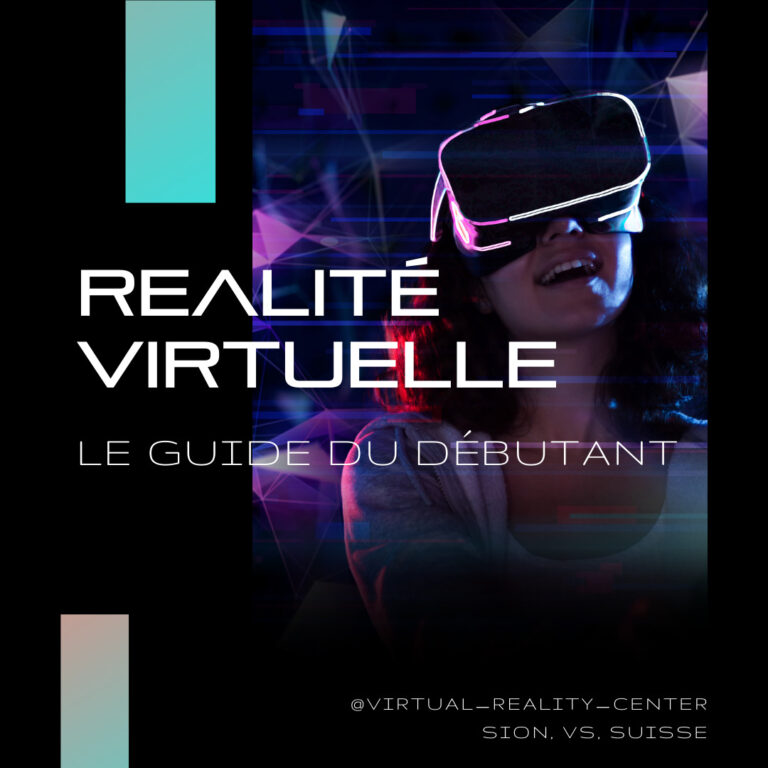
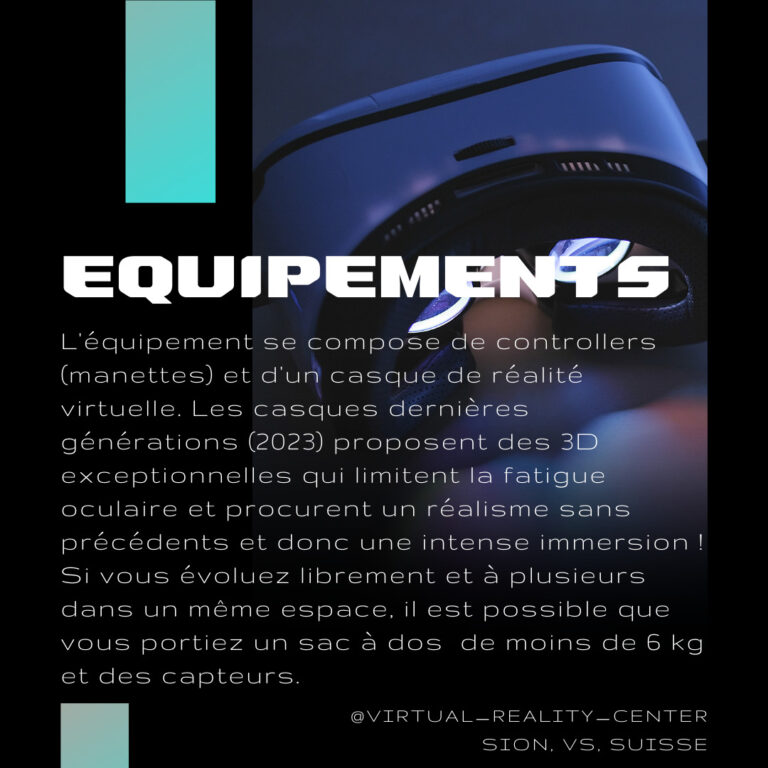
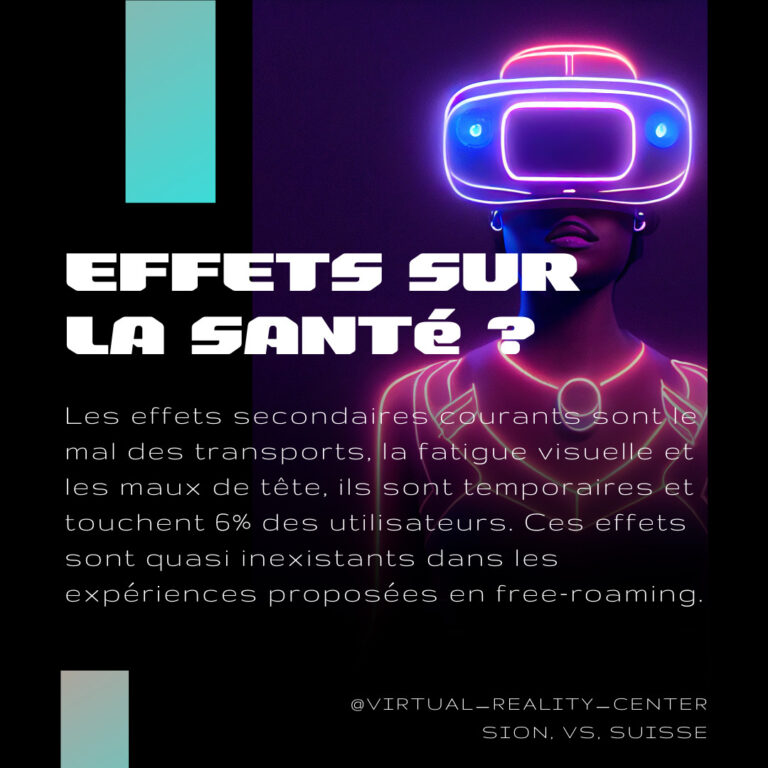
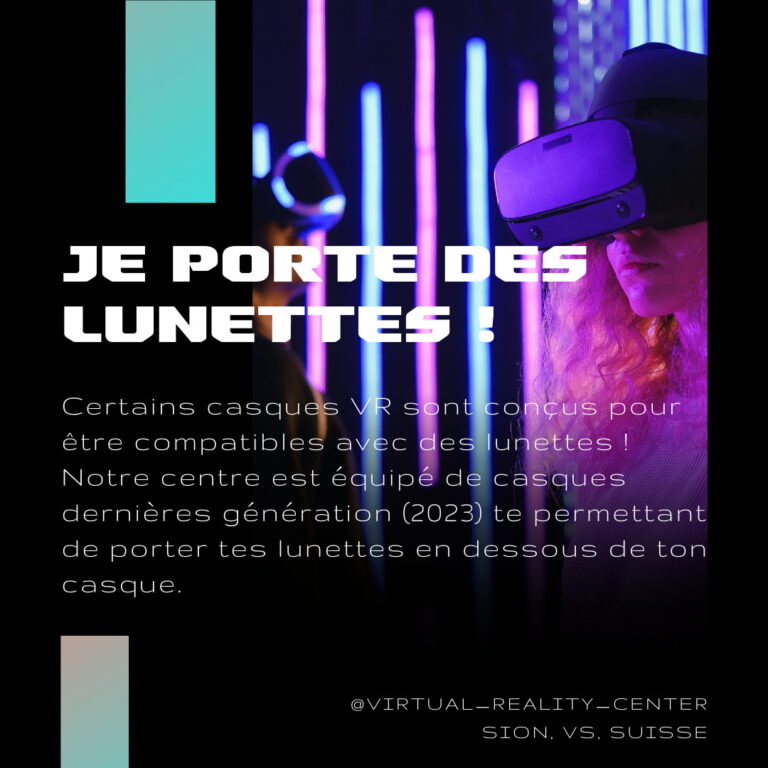
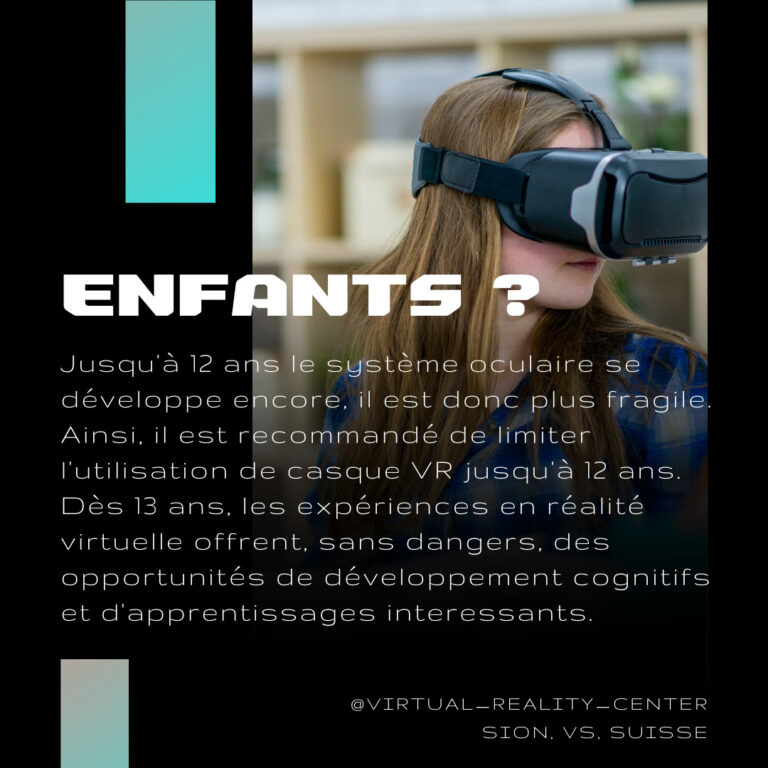
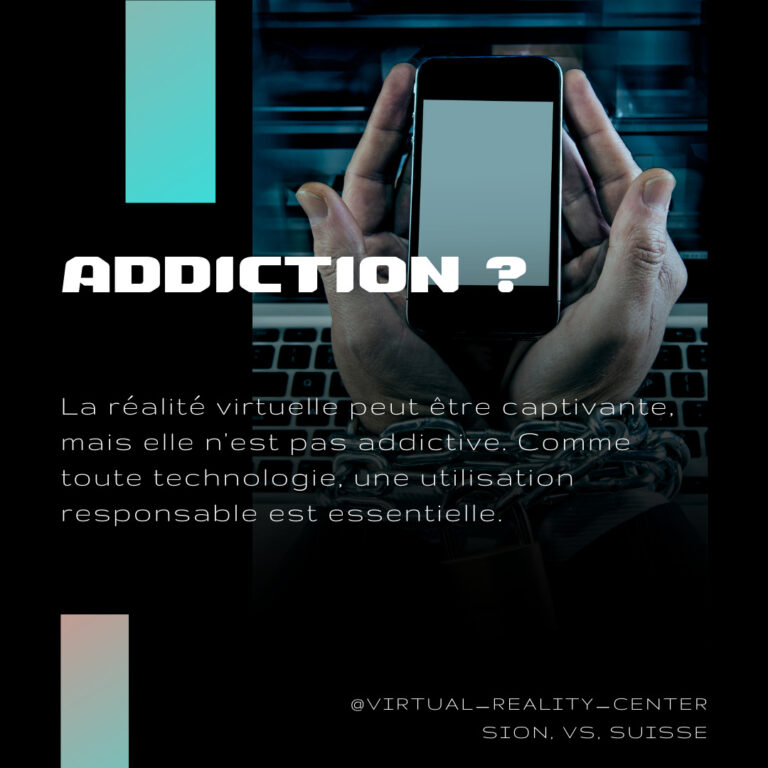
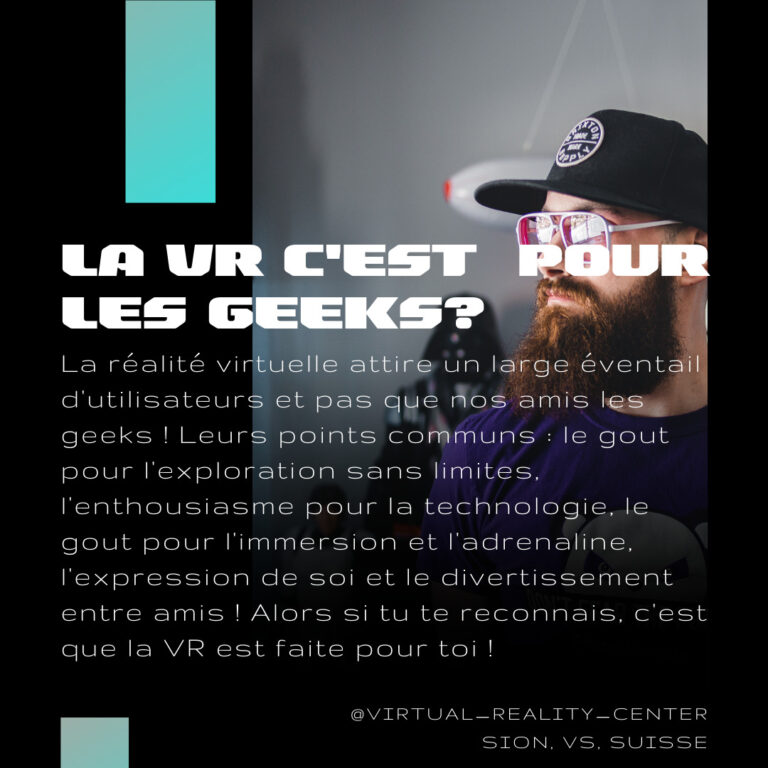
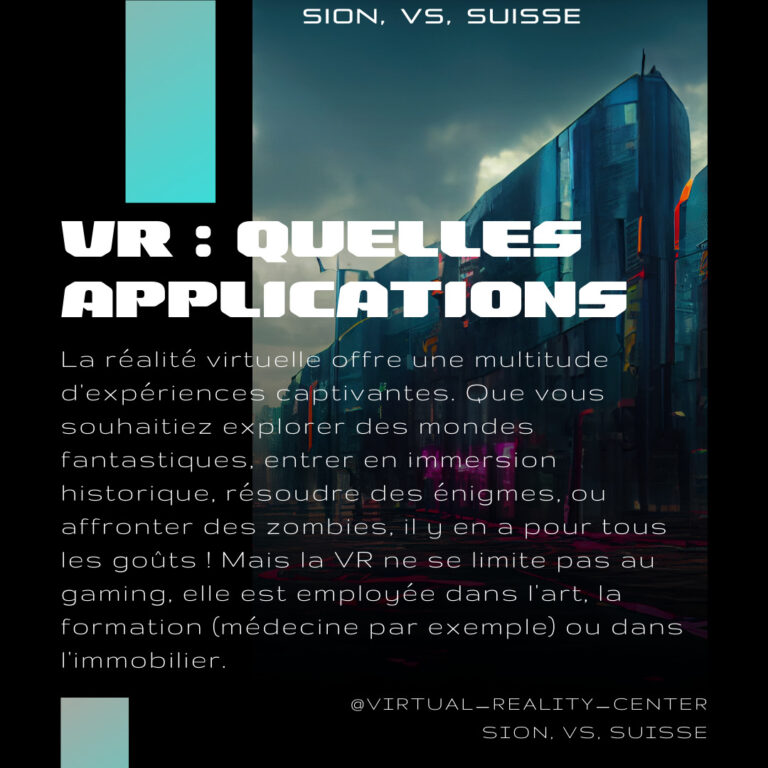
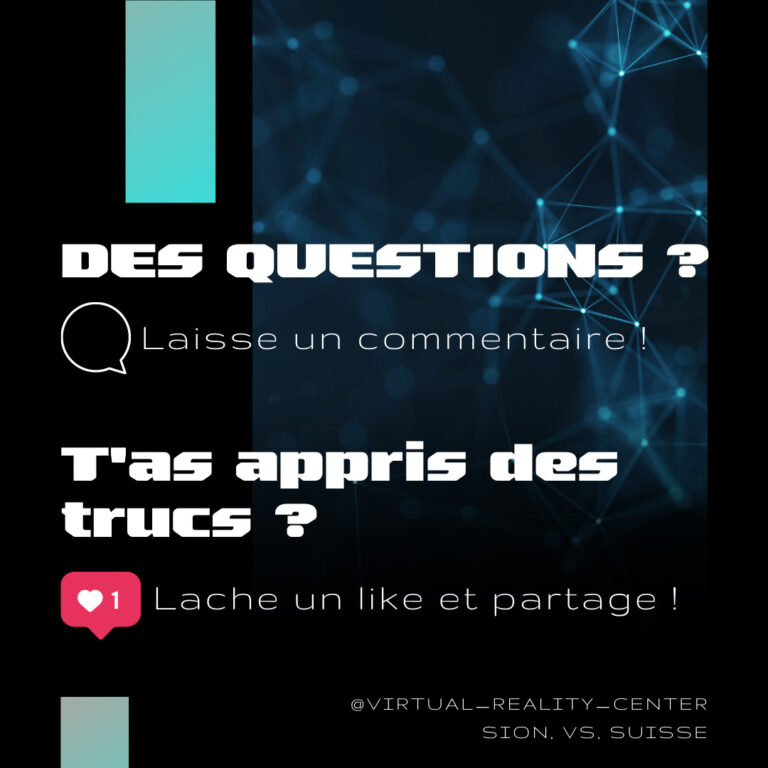
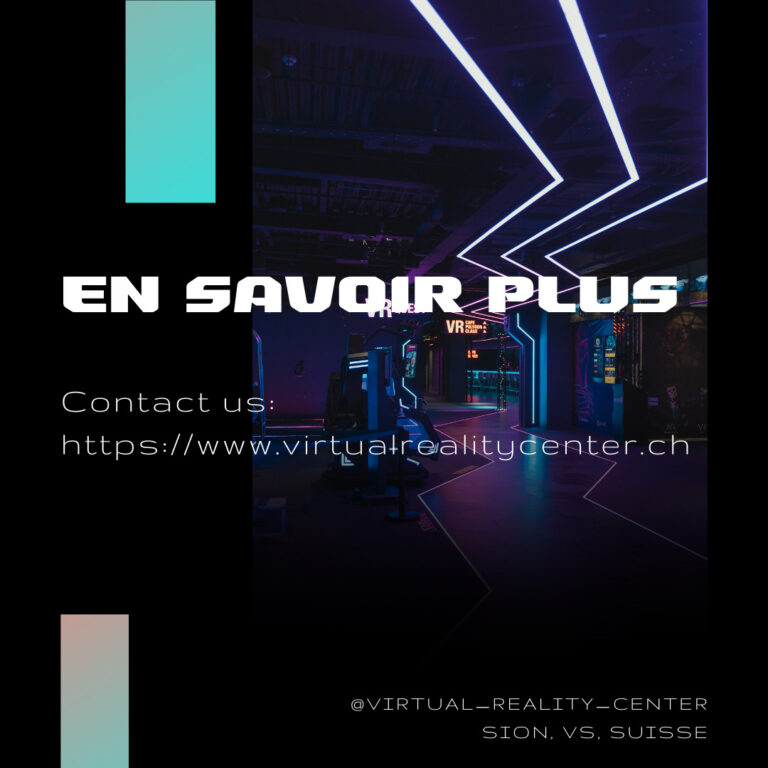
Virtual reality and cultural tourism
Virtual reality and cultural tourisma winning combination. Virtual reality (VR) has revolutionised the tourism and culture industry by offering unique and immersive experiences to travellers and art lovers.
This immersive technology has opened up new horizons for cultural destinationsIn this article, we take a closer look at the impact of virtual reality on cultural tourism, highlighting its benefits, applications and promising future. In this article, we take an in-depth look at the impact of virtual reality on cultural tourism, highlighting its benefits, applications and promising future.
Virtual Reality for Cultural Discovery
Virtual Exploration of Museums and Historic Sites
Museums and historic sites have adopted virtual reality to offer immersive tours. Visitors can now wander the corridors of the Louvre, admire the treasures of the Vatican Museum or walk in the footsteps of the ancient Romans at Pompeii, all from the comfort of their own homes. This increased accessibility to culture is stimulating interest in cultural destinations.
Virtual Encounters with History and Art
VR allows travellers to meet famous historical figures or artists in an interactive way. Imagine chatting with Leonardo da Vinci about his masterpieces or attending a virtual performance of Shakespeare in the Globe Theatre. VR brings the past and present closer together, offering a total immersion in cultural heritage.
Benefits for Cultural Destinations
Audience expansion
Virtual reality enables cultural destinations to reach a global audience. People who would never be able to travel physically now have the opportunity to discover these cultural treasures in an immersive way. This extends the reach of destinations and encourages virtual tourism.
Increase in commitment
Virtual visitors are more engaged and invested in their experience. They can interact with the exhibitions, ask questions and learn more about the history and culture. This interaction strengthens their emotional connection with the destination.
Promoting sustainability
Virtual reality and cultural tourism reduce the pressure on fragile sites by limiting the number of physical visitors. This contributes to the preservation of cultural treasures while offering a sustainable alternative to traditional tourism. Some of the benefits of Virtual Reality and Cultural Tourism.
Virtual reality (VR) offers a plethora of benefits in the field of tourism and culture, revolutionising the experience of travellers and culture lovers. Here are eight notable benefits:
Worldwide accessibility VR enables a global audience to discover cultural destinations without having to travel physically, thereby extending their reach.
Total immersion VR users are immersed in realistic cultural environments, promoting total immersion in history, art and culture.
Personalised Interaction Visitors can interact with exhibitions, historical figures or artists, personalise their experience and ask interactive questions.
Heritage preservation VR contributes to the preservation of cultural sites by limiting the number of physical visitors, thereby reducing wear and tear and the deterioration of historic sites.
Virtual Discoveries Travellers can explore museums, historic sites and cultural destinations in advance of their visit, helping them to plan their trip in a more informed way.
Environmental sustainability VR reduces the carbon footprint associated with travel, offering a greener alternative to traditional tourism.
Cultural enrichment VR experiences can be enriched by playful elements, making cultural learning fun and engaging.
Participatory tourism VR encourages participatory tourism by encouraging visitors to interact with cultural content, thereby fostering a more engaging experience.
Conclusion
Virtual reality and cultural tourism have immense potential to enrich cultural and tourist experiences. However, it is crucial to integrate it in a thoughtful way to preserve the authenticity of destinations while offering unique experiences to travellers.

